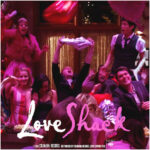Green Day’s Dookie isn’t just an album; it’s a cultural reset button for 90s punk rock and a sonic time capsule for anyone who came of age in that era. Released in 1994, Dookie catapulted Green Day from the Gilman Street punk scene into global superstardom, and for good reason. This record is infectious, raw, and undeniably fun, packed with hit after hit that defined a generation’s angst and boredom. For many, including myself, diving into the Dookie songs was a pivotal moment in discovering the power of punk rock and alternative music. It was an album that was simply always there, a constant soundtrack to teenage life and beyond.
Born in a time before streaming dominated music consumption, getting your hands on Dookie felt like uncovering a treasure. Hearing “Longview” for the first time on MTV was a lightning bolt – the slacker anthem bassline, the wry lyrics, the sheer energy – it was unlike anything else on mainstream radio. For many, the Dookie songs became anthems of youthful rebellion and confusion. Even decades later, the album’s impact is undeniable. Dookie earned a Grammy, sold millions of copies, and consistently ranks on “best of” lists. But beyond the accolades, Dookie holds a deeply personal connection for countless listeners. It’s an album that feels like coming home, no matter how much time has passed.
So, what makes the Dookie songs so enduring? Let’s embark on a track-by-track exploration to dissect each gem on this landmark album and understand why, even now, we’re still obsessed with the sounds of Dookie.
 Burnout liner notes
Burnout liner notes
Burnout
“I declare I don’t care no more…” With that opening line, “Burnout” explodes into life and perfectly encapsulates the Gen X slacker ethos. Billie Joe Armstrong’s delivery is immediate and impactful, setting the tone for the entire album. But “Burnout” isn’t just about apathy; it’s about the frustration and restlessness bubbling beneath the surface. Tre Cool’s drumming is phenomenal from the get-go, especially that iconic drum solo in the middle of the track. To think he was only 20 when he laid down those tracks is mind-blowing. The energy of “Burnout” is relentless, a perfect opener that grabs you and refuses to let go. It’s more than just a song; it’s a statement of intent, a sonic embodiment of youthful ennui and pent-up energy. The raw guitar riffs and driving bassline create a sense of urgency, mirroring the feeling of being trapped and wanting to break free – a sentiment that resonates just as strongly today as it did in 1994.
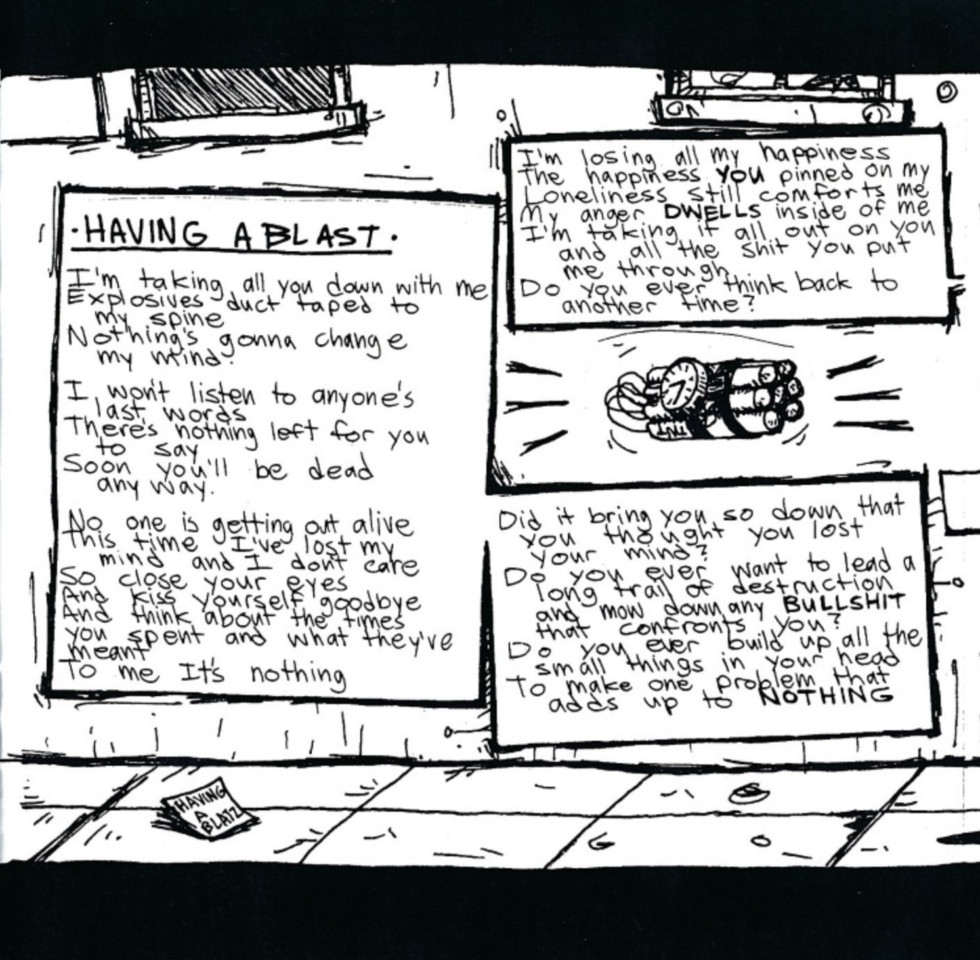 Having A Blast
Having A Blast
Having A Blast
“Having A Blast” is arguably the most controversial track on Dookie, and it’s definitely a song that prompts reflection in today’s context. The lyrics, revolving around destructive impulses and violent imagery, might seem jarring now. However, beneath the surface-level shock value, the song taps into a deeper sense of frustration and a desperate need to be seen and understood. Lines like “Do you ever think back to another time? Does it bring you so down that you thought you lost your mind?” and “Do you ever build up all the small things in your head to make one problem that adds up to nothin’?” perfectly articulate the overwhelming nature of teenage angst and the feeling of being trapped by your own thoughts.
Musically, “Having A Blast” is a masterclass in Green Day’s dynamic range. Armstrong’s vocal delivery showcases his versatility, moving from sneering verses to soaring choruses, while the harmonies with Mike Dirnt are characteristically tight and powerful. Tre Cool’s drumming is once again a highlight, with those signature splashy cymbal hits adding punch to the chorus. While the lyrical content might be debated, the sheer musicality and raw emotion of “Having A Blast” are undeniable, making it a standout track that captures the darker, more turbulent side of teenage frustration.
 Chump art
Chump art
Chump
If the 90s were defined by anything musically, it was angst, and “Chump” delivers it in spades. While Green Day’s brand of angst leans more towards boredom and disdain than outright self-loathing, “Chump” is a potent anthem of teenage resentment and defiance. It speaks directly to the experience of feeling belittled and underestimated, capturing the frustration of dealing with bullies and perceived inadequacy. The lyrics are biting and sarcastic, perfectly conveying the teenage feeling of being an outsider looking in.
Musically, “Chump” is a classic example of Green Day’s punk rock energy. The song builds from a simmering verse into an explosive chorus, driven by a relentless rhythm section and Armstrong’s sneering vocals. The instrumental jam at the end, seamlessly transitioning into “Longview,” is a brilliant touch, showcasing the band’s musical tightness and their ability to create dynamic and engaging song structures. “Chump” is more than just a song about being bullied; it’s about finding your voice and pushing back against those who try to put you down, a message that resonates with anyone who has ever felt like an underdog.
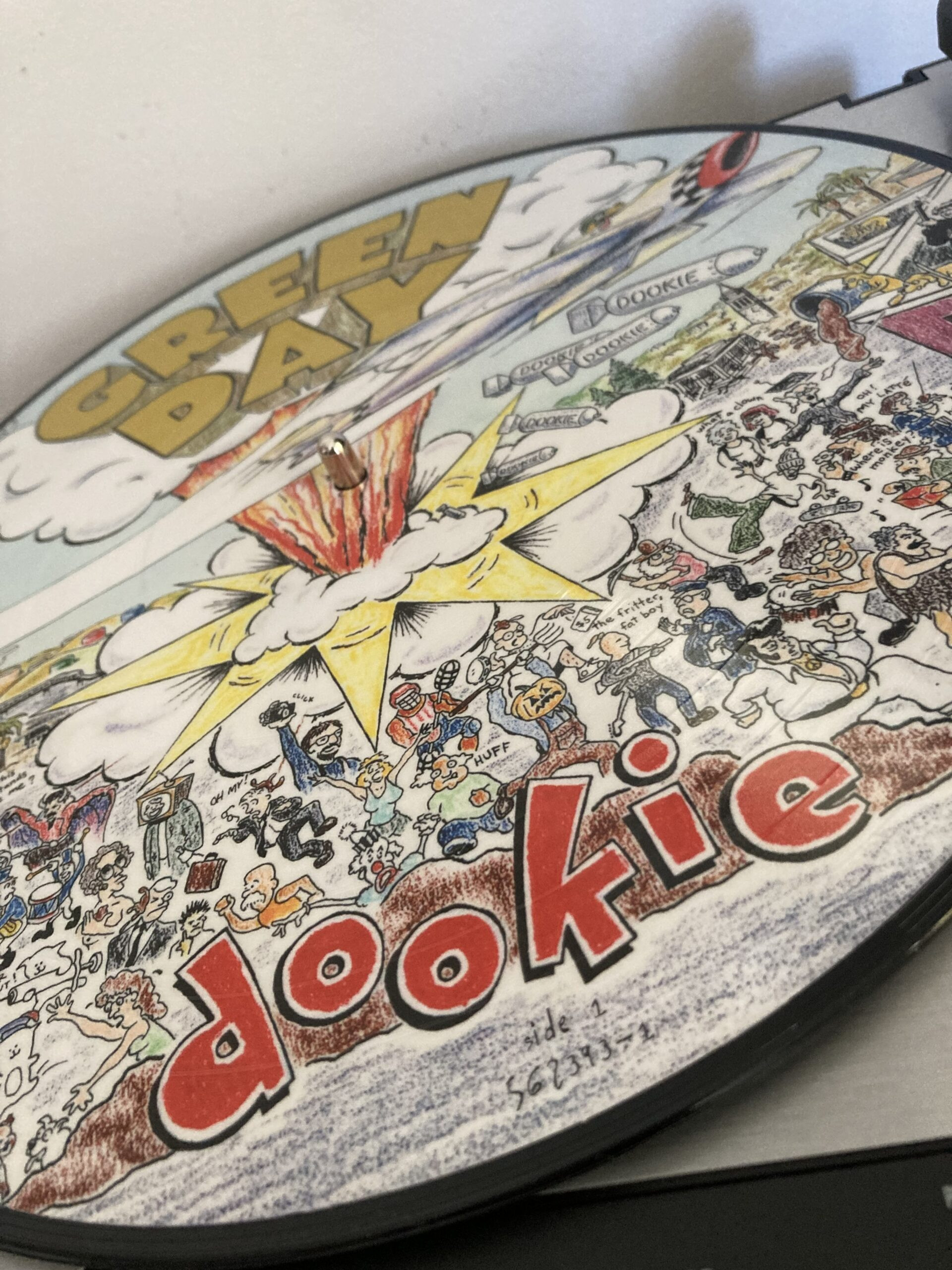
Vinyl picture disc A-side
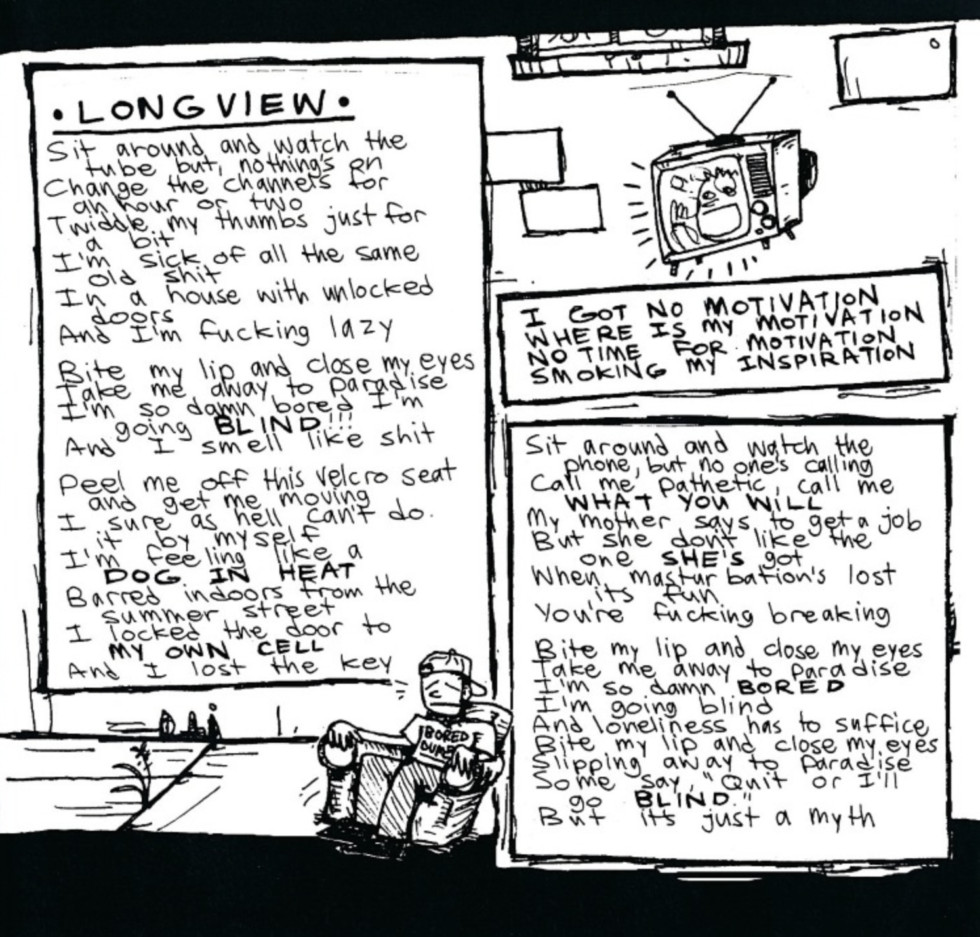
Longview
“Longview” is arguably the Dookie song that launched Green Day into the stratosphere. It’s instantly recognizable, primarily due to Mike Dirnt’s legendary bassline – a groove so iconic it’s practically synonymous with 90s alternative rock. The story goes that Dirnt conceived this bassline while experimenting under the influence, and it’s a testament to the serendipitous nature of musical creativity. While the song is famously about boredom and, yes, masturbation, “Longview” is far more than just a juvenile anthem. It’s a commentary on suburban monotony and the search for meaning in a world that feels stagnant.
Armstrong’s lyrics are witty and self-deprecating, perfectly capturing the ennui of teenage life in suburbia. The song’s structure is deceptively simple yet incredibly effective, building from that hypnotic bassline into a full-blown punk rock explosion. “Longview” isn’t just catchy; it’s clever and relatable, tapping into universal feelings of boredom and the desire for something more. It’s a song that perfectly balances humor and angst, solidifying Green Day’s status as more than just a punk band – they were astute observers of the teenage condition.
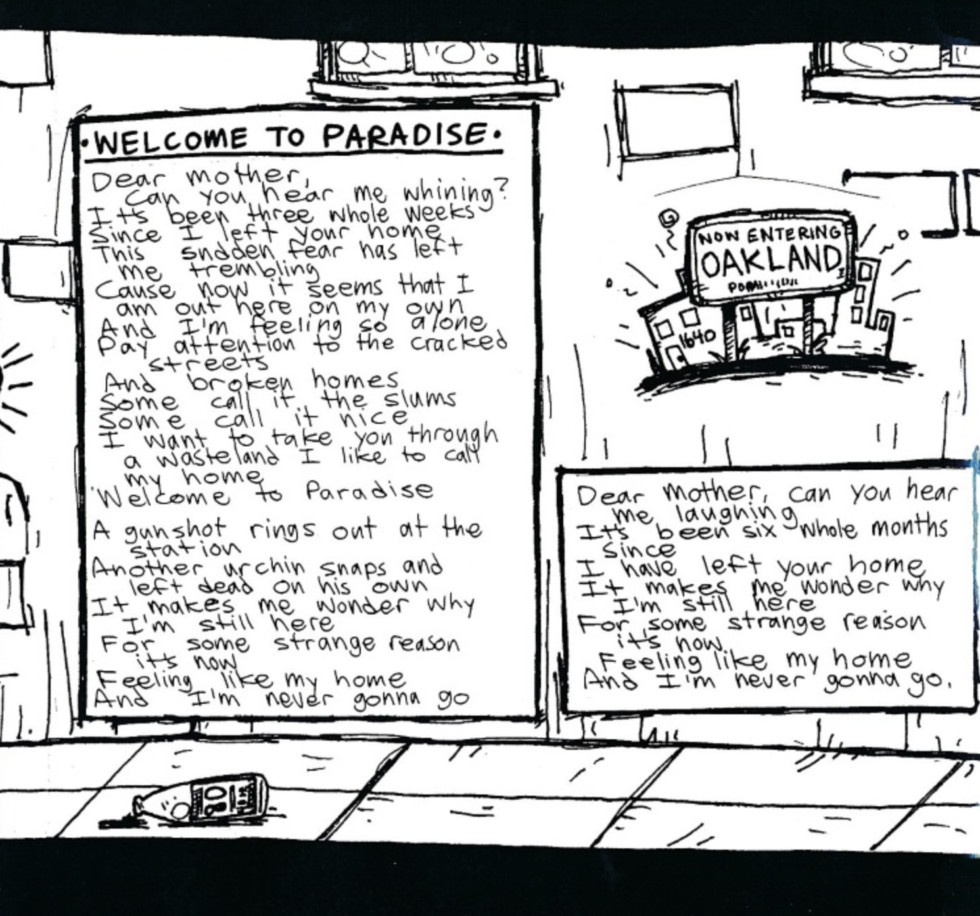 Welcome To Paradise art
Welcome To Paradise art
Welcome To Paradise
“Welcome To Paradise” is a personal favorite for many Dookie fans, and for good reason. It’s a quintessential Green Day track that encapsulates everything they do best: breakneck speed, infectious melodies, and relatable lyrics. Originally appearing in a rawer form on Kerplunk, the Dookie version is a polished powerhouse, showcasing the band’s growth and studio prowess. The song paints a vivid picture of urban decay and disillusionment, inspired by the band’s experiences in Berkeley and the East Bay. However, the themes of alienation and searching for belonging resonate far beyond their specific locale.
The frantic energy of “Welcome To Paradise” is infectious, driven by Tre Cool’s relentless drumming and the band’s tight, dynamic interplay. The layered guitars in the Dookie version add depth and texture, demonstrating their evolution from a raw punk trio to a more sonically sophisticated band. Lyrically, lines like “It makes me wonder why I’m still here…” capture a universal feeling of existential unease and questioning one’s place in the world. “Welcome To Paradise” is a high-octane anthem that perfectly blends punk energy with pop sensibilities, making it an enduring Green Day classic.
[Speaking of re-records…“409 In Your Coffeemaker,” which originally appeared on 39/Smooth, was also re-recorded during the sessions for Dookie. While this also resulted in an improved version of the recording, I just don’t find it to be at the level of the distinctness between the two versions of “Welcome To Paradise,” which sound so radically different to me. The re-record of 409 is definitely better quality wise, but it really just sounds like a mere updated recording and not a redefining moment. The record company and band might have agreed with this sentiment which may be why it was left off of the final edition of Dookie and was only made available as a b-side of the UK version for the CD single of “Basketcase.” Because of this, many American fans, including this one, didn’t know of its existence until much later.]
“409 In Your Coffemaker” from the Dookie sessions
Pulling Teeth
“Pulling Teeth” is another Dookie song that sparks conversation and perhaps hasn’t aged as gracefully in terms of its lyrical content. The song deals with themes of domestic conflict and, arguably, a reversal of traditional power dynamics in abusive relationships. While it’s likely not intended to glorify abuse, the song’s humor might feel uncomfortable to some listeners today. It’s possible that Armstrong was attempting to broach a taboo subject, but the song’s ambiguity can be unsettling.
Musically, “Pulling Teeth” is less dynamic compared to other Dookie tracks. While it’s not a weak song, it doesn’t quite reach the heights of the album’s strongest moments. It’s a more straightforward punk rock tune without the same level of melodic complexity or lyrical depth found elsewhere on Dookie. While “Pulling Teeth” might be considered a lesser track in the context of the album, it’s still a solid example of Green Day’s raw energy and punk rock roots.
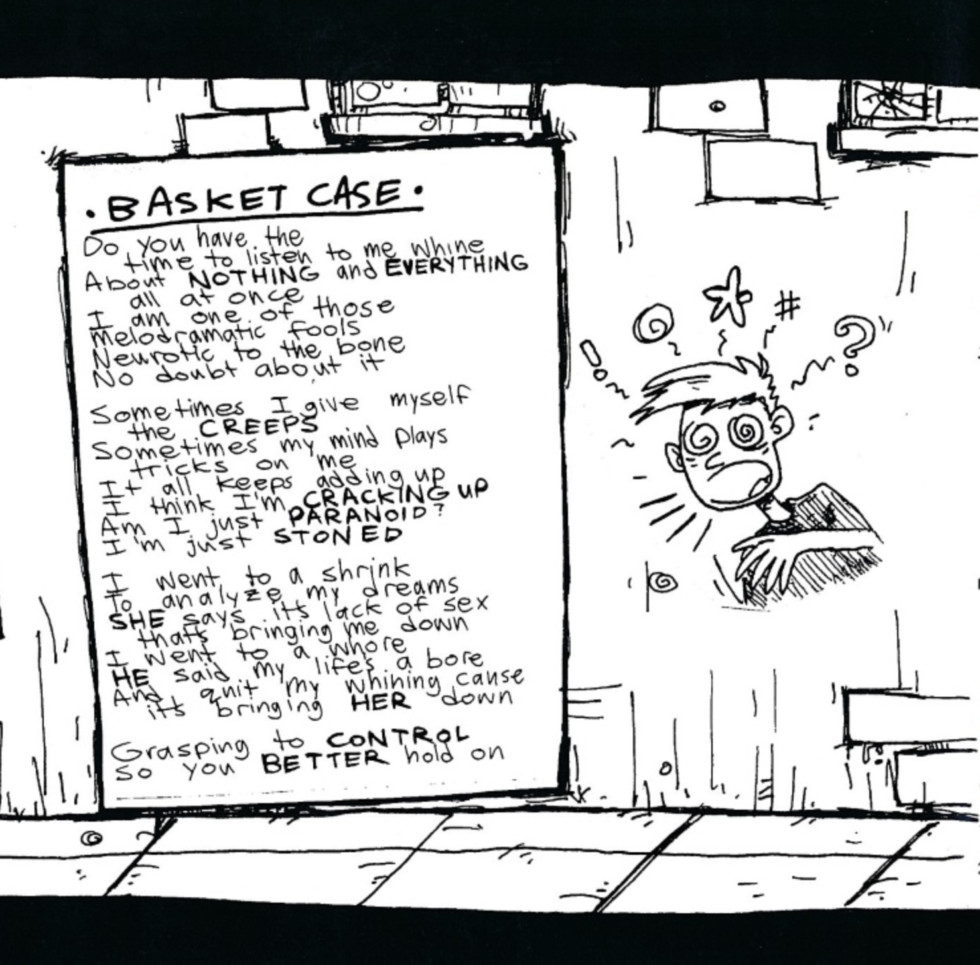 Basketcase art
Basketcase art
Basketcase
“Basketcase” is undoubtedly one of the crown jewels of Dookie and a definitive Green Day anthem. It’s a song that encapsulates the band’s genius for blending punk, pop, and grunge into a potent and irresistible mix. “Basketcase” is instantly relatable, tackling themes of anxiety, paranoia, and feeling like you’re losing your mind – experiences that are universal, especially during adolescence and young adulthood. Lyrics like “Sometimes I give myself the creeps, sometimes my mind plays tricks on me” and “Am I just paranoid, or am I just stoned?” resonate deeply because they tap into the common human experience of self-doubt and mental unease.
Armstrong has openly discussed that “Basketcase” is about his struggles with anxiety and panic disorders, giving the song an added layer of authenticity and vulnerability. Musically, “Basketcase” is a masterclass in songwriting. The catchy guitar riff, the driving rhythm, and the singalong chorus are perfectly crafted to create an unforgettable and anthemic track. The music video for “Basketcase” is equally iconic, perfectly capturing the song’s manic energy and the band’s playful yet edgy persona. “Basketcase” isn’t just a hit song; it’s a cultural touchstone, a song that continues to resonate with generations because of its honesty, relatability, and sheer musical brilliance.
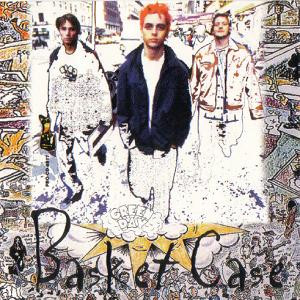
The original artwork for the UK version of the “Basketcase” single (also used in the special edition 7inch box set that was released in 2009)
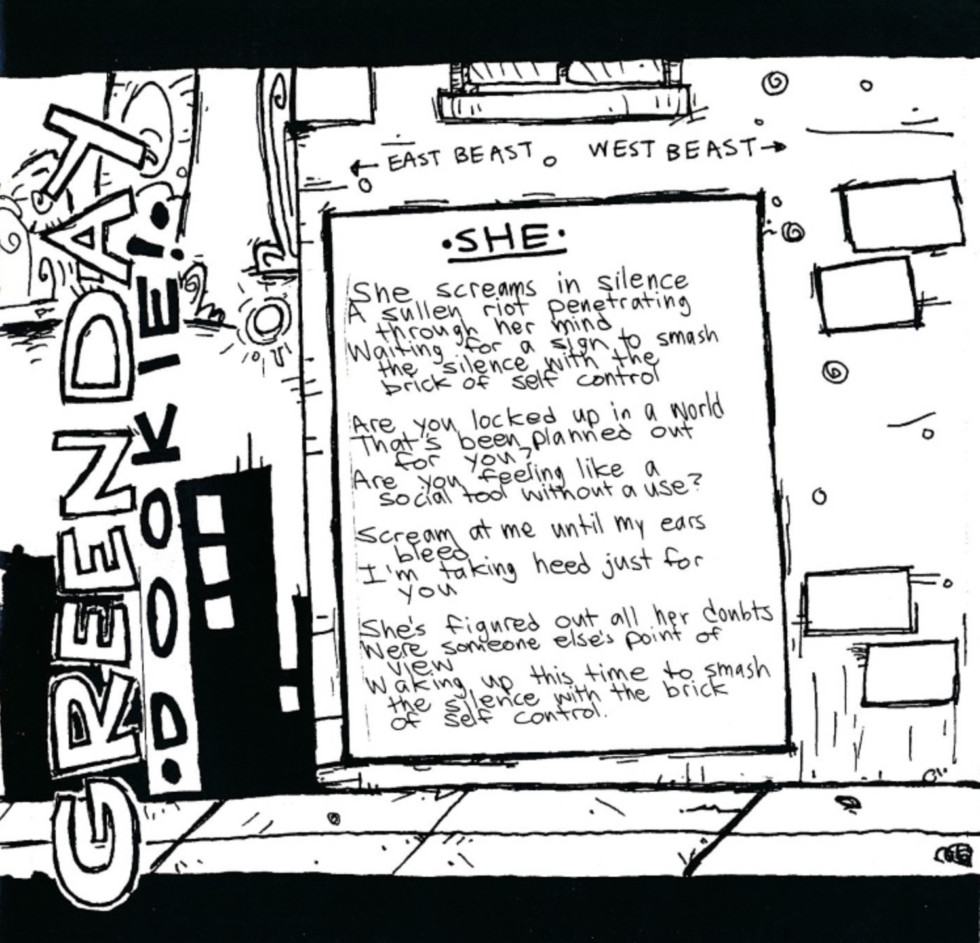 she art
she art
She
“She” is a testament to the enduring power of Dookie songs. It’s a track that continues to connect with listeners across different life stages because of its timeless themes of silent rebellion, inner turmoil, and feeling trapped by societal expectations. Lines like “She screams in silence, a sullen riot penetrating through her mind” and “Are you locked up in a world that’s been planned out for you? Are you feeling like a social tool without a use?” speak to a profound sense of alienation and the desire for individual expression.
Musically, “She” is another showcase for Green Day’s rock-solid rhythm section. Mike Dirnt’s bassline is particularly noteworthy, demonstrating his skill and musicality even at a young age. The song’s driving energy and Armstrong’s impassioned vocals create a sense of urgency and defiance. “She” is an anthem for anyone who has ever felt stifled or misunderstood, a reminder that even in silence, there is power and resistance. Its continued relevance decades later speaks to the depth and universality of its message.
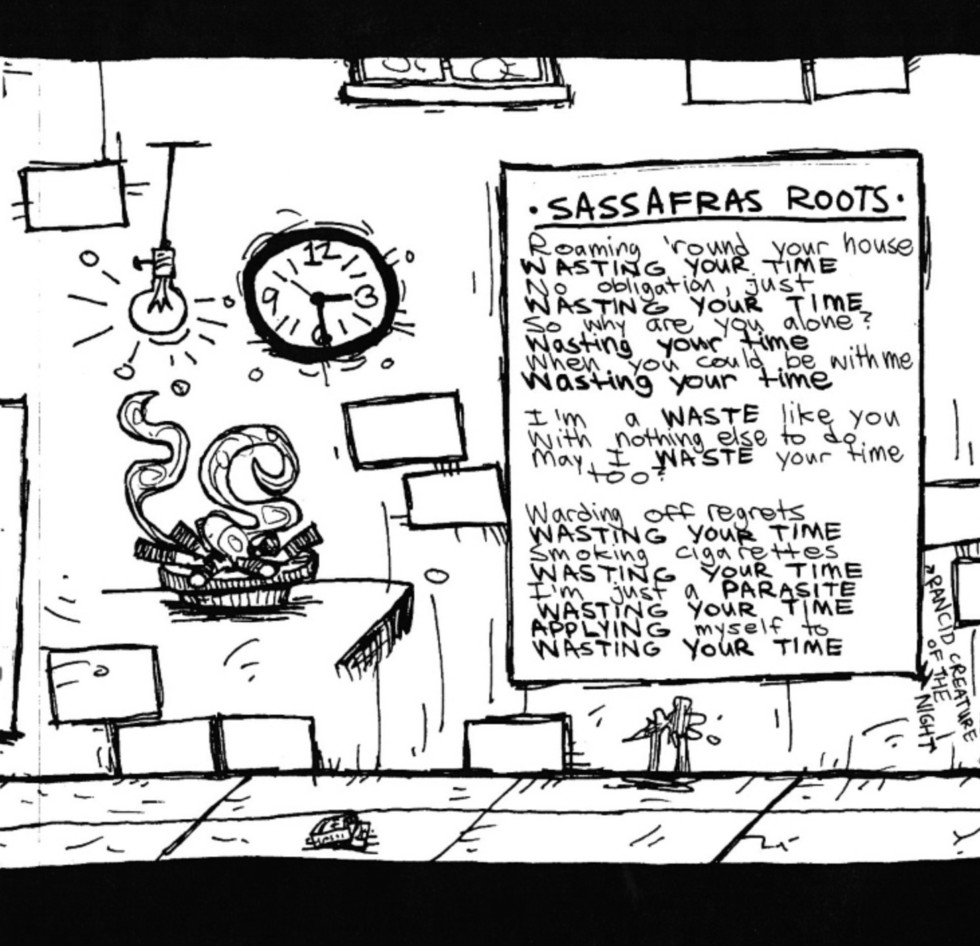 Sassafras roots art
Sassafras roots art
Sassafras Roots
“Sassafras Roots” often gets overlooked in discussions of Dookie songs, but it’s a hidden gem that embodies the album’s slacker spirit and infectious energy. While some might dismiss it as filler, “Sassafras Roots” is a perfectly crafted punk rock track that holds its own within the album’s tracklist. It’s a song about boredom, restlessness, and the desire to escape the mundane – themes that are central to the Dookie experience.
The song’s strength lies in its infectious energy and catchy melodies. Armstrong and Dirnt’s harmonies on the line “may I waste your time too?” are a highlight, adding a layer of melodic richness to the song’s raw punk energy. “Sassafras Roots” is a reminder that even the seemingly “lesser” tracks on Dookie are packed with musicality and charm. It’s a testament to the album’s consistent quality and its ability to deliver high-energy, engaging punk rock from start to finish.
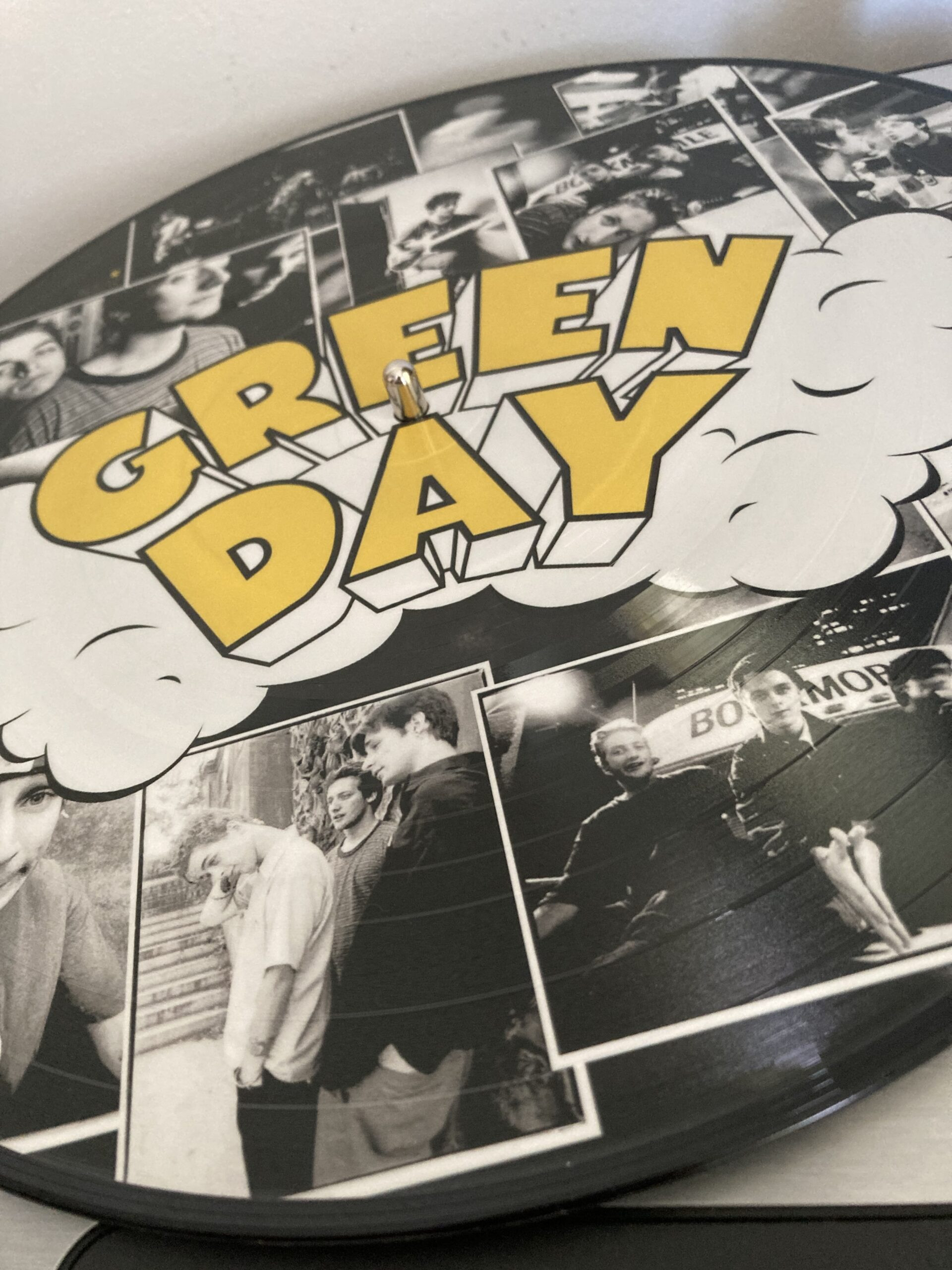
Vinyl picture disc B-side
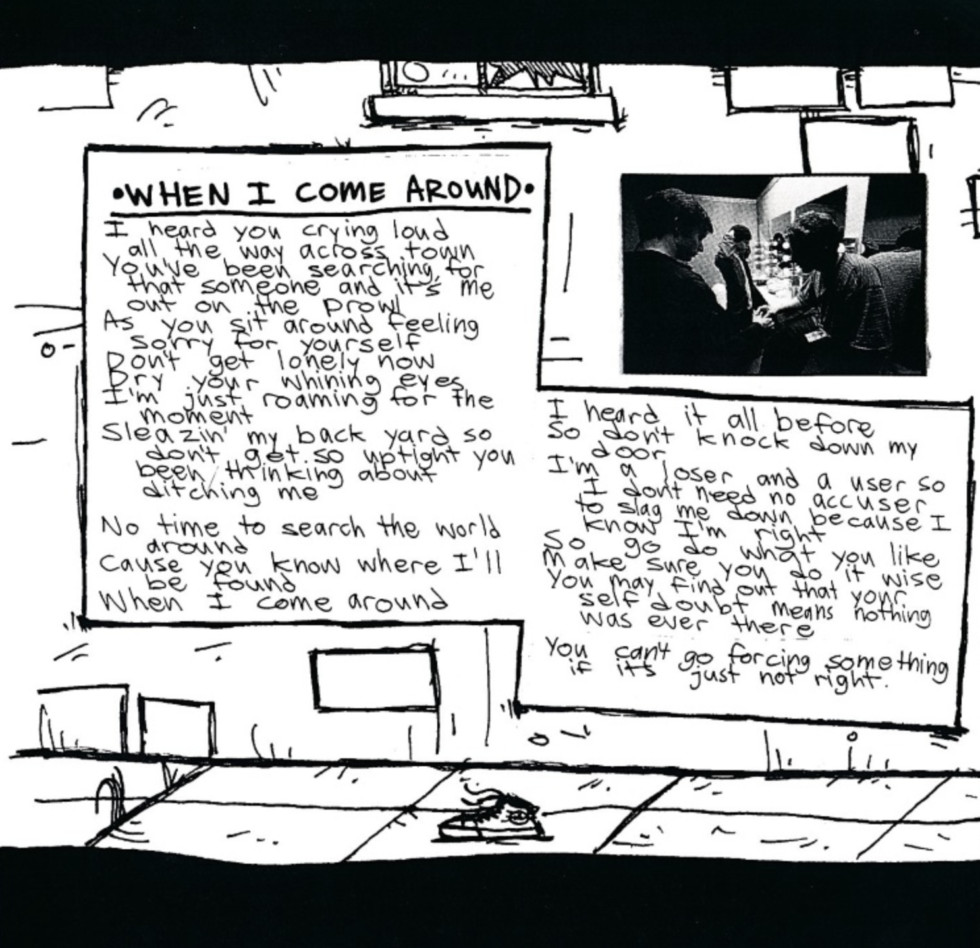 When I Come Around art
When I Come Around art
When I Come Around
“When I Come Around” marked a turning point for Green Day, becoming their first song to crack the Top 10 and achieving mainstream chart success. Interestingly, it stands out from the rest of Dookie songs with its more melodic, alt-rock leaning sound. While not as overtly punk as other tracks on the album, “When I Come Around” showcases Green Day’s versatility and their ability to craft catchy, radio-friendly hits without sacrificing their core identity.
Despite its commercial success, “When I Come Around” sometimes feels like an outlier on Dookie. Its slower tempo and more conventional song structure set it apart from the album’s hyper-kinetic punk energy. However, its undeniable catchiness and relatable lyrics about relationships and reconciliation resonated with a wider audience. The music video, with its 90s fashion and youthful energy, further cemented the song’s appeal. “When I Come Around” demonstrates Green Day’s ability to bridge the gap between punk rock and mainstream alternative, expanding their fanbase and solidifying their place in the musical landscape of the 90s.
(***I famously am not much of a pop punk fan and often get “but you love Green Day,” though honestly, I don’t read them as a pop punk band and never really have. I think that is probably because I discovered them in the era of alt rock and through that lens first rather than through the punk scene so I’ve always had a place in my heart for them as a 90s alternative band.
Sure they are poppy yes, and have plenty of punk elements, but they also don’t have a lot of the over-arching hallmarks of the pop punk genre either and to me have always had a grungier edge to them. Maybe pop grunge or something is a better term? Because I don’t read them as power pop either. It’s some third thing perhaps, some amalgamation of all of these things, particularly on this album, as yes, they’ve gone on to do things to widen the breadth of their sound on other albums as time as gone on.
Though all this being said, I am obviously well aware that they came from distinctly punk roots ethos wise and of their connection to Lookout! and the East Bay scene. And though I never experienced that scene first-hand, it has been well documented, so I’m confident in saying it definitely seemed like it was a scene united more by “punk as an ethos” and friendships built within a community than strictly adhering to “punk as a sound.” (“Punk as an ethos” is something I’ve always liked as an approach better anyway.) Their mention of this scene and their connection to it, particularly early on in their mainstream success, was what opened a wider door for me to explore these things myself and directly lead to me discovering many underground punk bands and zines which I still regard very highly in my life even to this day. I can say the same for Nirvana and several other bands of the era that led me to backtrack through the scenes they came from that I otherwise would have had absolutely no knowledge of or access to.)
Okay moving on……….
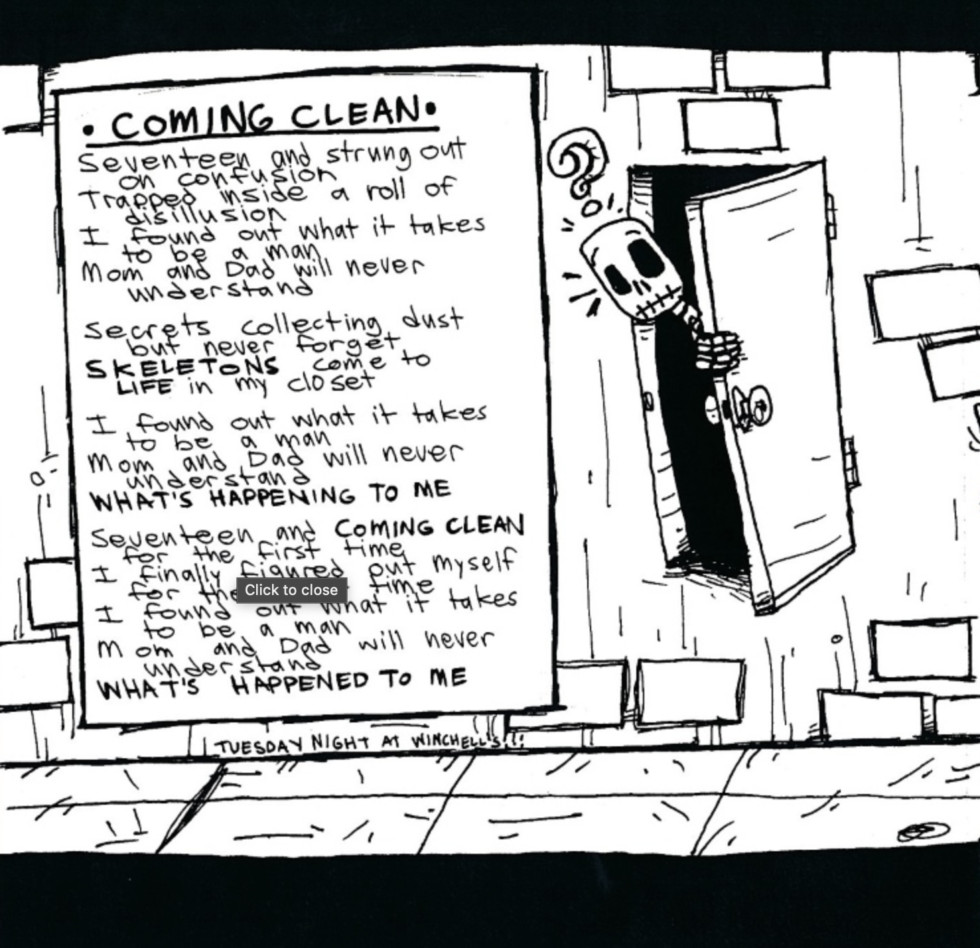 coming clean art
coming clean art
Coming Clean
“Coming Clean” dives deeper into the themes of confusion and disillusionment that permeate Dookie. It’s another song that resonates beyond its specific teenage context, exploring the universal experience of feeling lost and searching for identity. Lines like “17 and strung out on confusion, Trapped inside a role of disillusion” are powerful and evocative, capturing the angst of adolescence and the struggle to find your place in the world.
Over the years, “Coming Clean” has been interpreted as alluding to Armstrong’s bisexuality, and it has become an anthem for many LGBTQ+ individuals who find solace and strength in its lyrics. Regardless of specific interpretation, “Coming Clean” is a song about honesty, self-discovery, and breaking free from societal expectations. Musically, it’s a solid and engaging track that further showcases Dookie‘s thematic depth and emotional resonance.
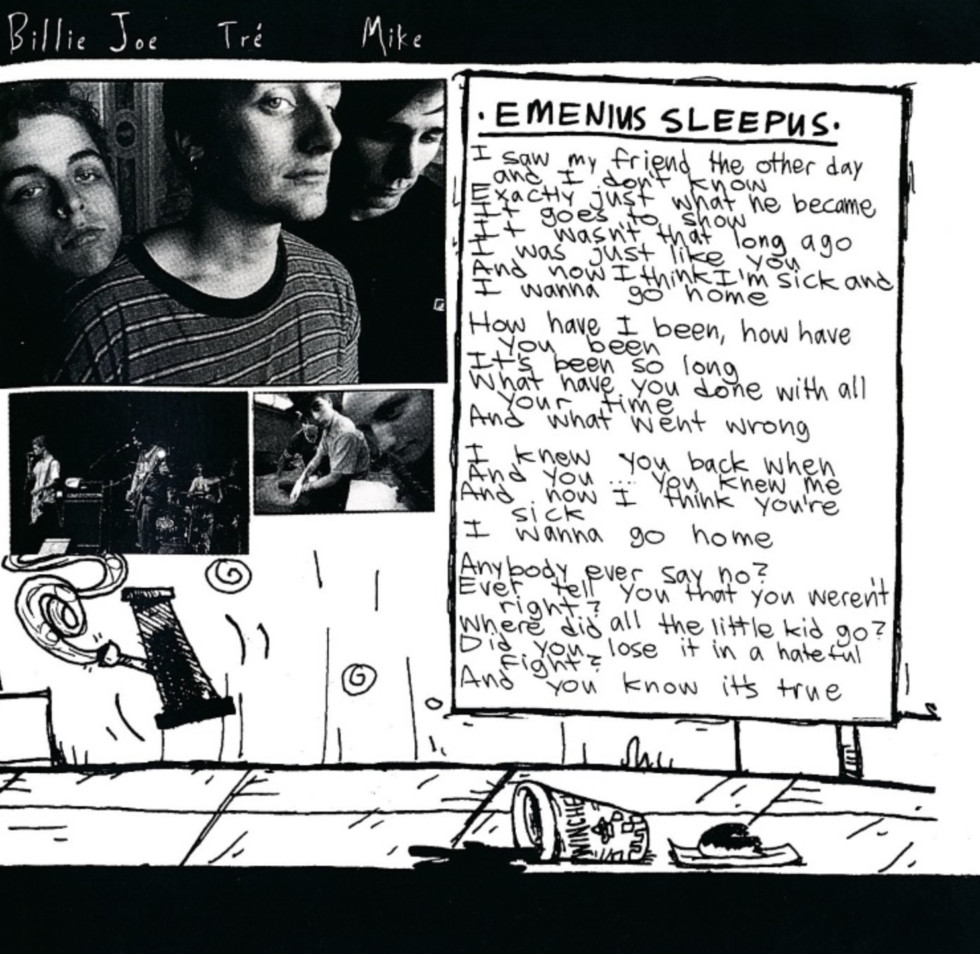 emenius sleepius art
emenius sleepius art
Emenius Sleepius
“Emenius Sleepius” tackles the painful realization that a friend isn’t who you thought they were, a betrayal that cuts deep at any age. This song captures the disappointment and disillusionment that comes with recognizing that someone you trusted has let you down. It’s a theme that is universally relatable, as everyone experiences betrayal and the sting of broken trust at some point in their lives.
While often considered a deeper cut on Dookie, “Emenius Sleepius” is far from filler. Around the one-minute mark, the song explodes into a frenetic breakdown, featuring some of Tre Cool’s most impressive drumming on the album, alongside Dirnt’s dynamic bass work. This section elevates “Emenius Sleepius” from a solid album track to an underrated gem, demonstrating the band’s ability to inject energy and dynamism into even the less-discussed songs on Dookie. It’s a raw and powerful expression of anger and disappointment, showcasing the emotional range of the album.
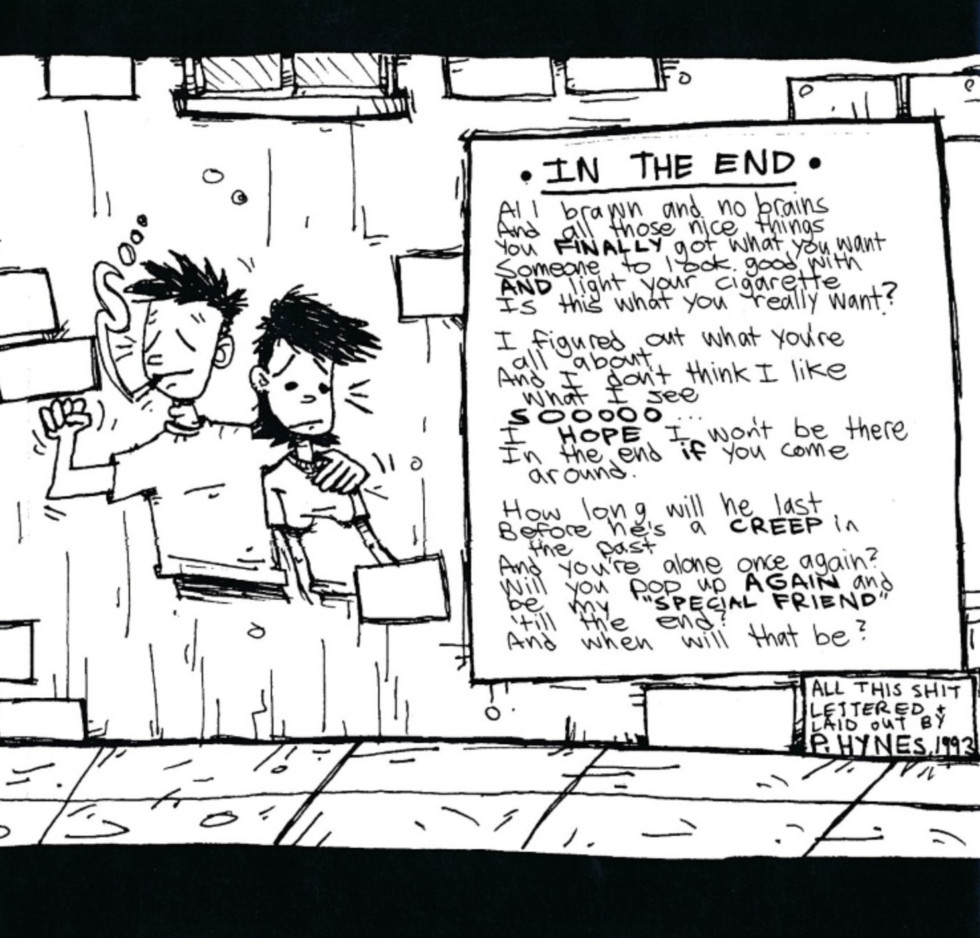 in the end
in the end
In The End
“In The End” explores themes of heartbreak and feeling replaced in relationships, both romantic and platonic. While many Dookie songs touch on teenage anxieties, “In The End” delves into more mature themes of loss and betrayal in interpersonal connections. It’s a song about the sting of feeling discarded for someone “flashier” or “better,” a feeling that resonates deeply regardless of age.
Despite the painful subject matter, “In The End” is delivered with Green Day’s signature bratty energy and singalong choruses. It’s an anthem for anyone who has felt undervalued or replaced, offering a cathartic release and a reminder that you’re better off without those who don’t appreciate you. The song’s defiant tone and catchy melodies make it a standout track on the latter half of Dookie, showcasing the album’s ability to tackle complex emotions with raw punk rock energy.
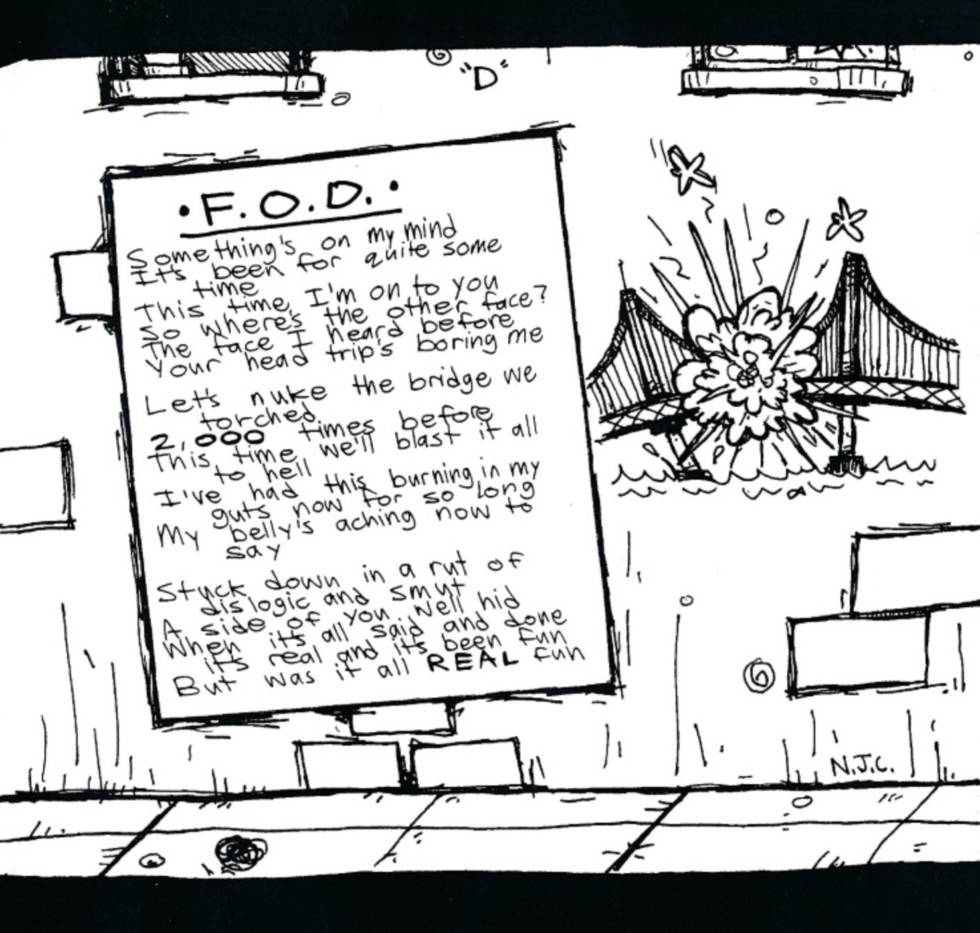 FOD art
FOD art
F.O.D.
“F.O.D.” is the explosive and unforgettable closer to Dookie. It’s a song of two halves, beginning with a deceptively mellow acoustic intro before erupting into a full-blown punk rock assault. “F.O.D.” encapsulates all the themes of pain, frustration, and rage that have simmered throughout the album, bringing them to a head in a final, cathartic release. The contrast between the quiet acoustic beginning and the distorted, high-energy explosion is masterful, creating a dynamic and impactful conclusion to the album.
The final explosion of “F.O.D.” is pure punk rock perfection, driven by relentless energy and raw emotion. Armstrong’s delivery is visceral, and the band’s performance is tight and explosive. The song’s final moments, including the sound of Tre Cool dropping his drumsticks, add to its raw, live-in-the-studio feel. “F.O.D.” is not just a song; it’s a statement, a perfect ending that leaves you breathless and wanting to hit play again from the beginning. “I’ve had this burning in my guts now for so long…” – that line, delivered with such raw intensity, perfectly encapsulates the album’s overall feeling of pent-up frustration and youthful rebellion.
(I know it’s technically not part of the song and a mistake, but I love how you can hear Tre drop his drumsticks on the floor of the studio at the very end as if to say, “that’s fucking it, I’m OUT!”)
(I did a very bad acoustic version of this at a birthday show I was having some years back when I foolishly entertained the idea briefly of trying some singer-songwriter stuff. I was terrible at it and fortunately realized that fact pretty quickly, but I can say that I did have a lot of fun singing this with my then supremely terrible and manipulative boss in the room!)
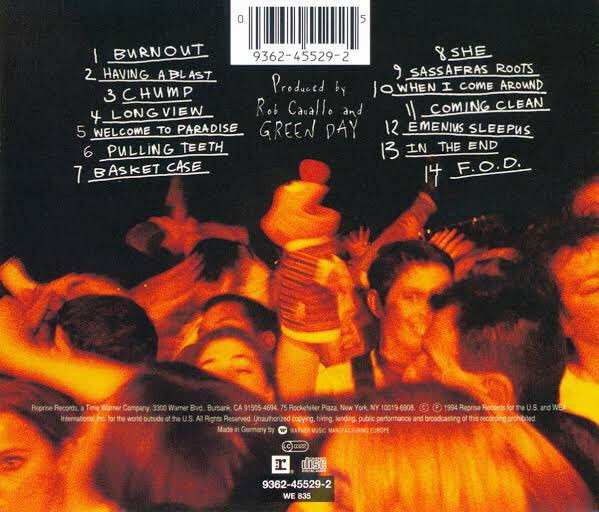
The original back cover of Dookie before the Ernie doll was airbrushed out over fears of a lawsuit
All By Myself
“All By Myself,” the hidden track on Dookie, is a quirky and somewhat divisive addition to the album. Sung and written by Tre Cool, it’s a stark departure from the high-energy punk rock of the rest of Dookie. “All By Myself” is a silly, acoustic ditty that adds a touch of humor and absurdity to the album’s otherwise angst-ridden themes. While some might consider it filler, it’s a lighthearted and unexpected coda to the Dookie experience.
In the context of the album, “All By Myself” serves as a palate cleanser after the intensity of “F.O.D.” It’s a brief, humorous moment that reminds listeners of Green Day’s playful side. While not essential to the Dookie experience, “All By Myself” adds to the album’s overall charm and unpredictability. It’s a reminder that even amidst the angst and rebellion, Green Day never lost their sense of humor.
Live in 1994 (music doesn’t start until just after the 9 minute mark)
Dookie, released on February 1, 1994, via Reprise Records, remains a landmark album that continues to resonate with listeners today. Its impact on punk rock and popular music is undeniable, and the Dookie songs continue to be discovered and loved by new generations. From the opening explosion of “Burnout” to the final quirky notes of “All By Myself,” Dookie is a rollercoaster of energy, emotion, and infectious melodies. It’s more than just a collection of songs; it’s a cultural artifact that perfectly captures the spirit of the 90s and the timeless experience of youth, angst, and rebellion.

